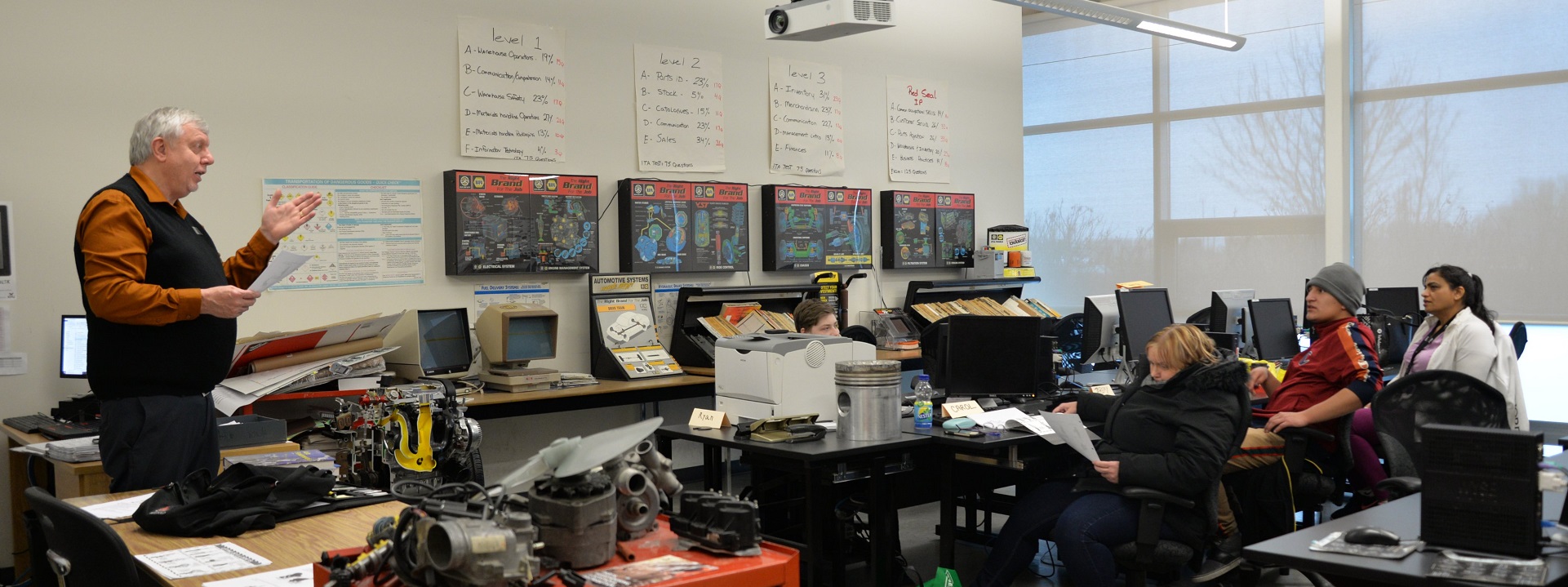
42nd Congress | Stereograph of the inauguration of Rutherford B. Hayes as President of the United States.

The University was founded by George Pepperdine, a successful businessman who found his fortune in the automobile industry (founding Western Auto) and became a philanthropist. He was inspired by his commitment to the values of Christian education and a desire to provide students with a quality education that integrated faith and learning.
The Malibu campus of Pepperdine University is situated on approximately 830 acres on the Pacific Ocean. Student enrollment runs about 8000; undergraduate and graduate.
“Whether we are scientists or engineers, homemakers or business leaders, we must all assume responsibility not only for the kind of jobs we do but also for the kind of people we are.
Education in a Christian environment helps develop and mold tomorrow’s leaders.”
— George Pepperdine (1886-1962)
Michigan State University, originally established as the Michigan Agricultural College in 1855, was officially designated as a land-grant institution under the Morrill Act in 1863, predating the formal designation of some other universities. Other universities with a similar claim:
Iowa State University – Chartered in 1858, designated as a land-grant institution in 1864.
University of Illinois at Urbana-Champaign – Chartered in 1867, designated as a land-grant institution in 1867.
University of California, Berkeley – Chartered in 1868, designated as a land-grant institution in 1868.
Kansas State University – Chartered in 1863 as Kansas State Agricultural College, designated as a land-grant institution in 1863.
University of Wisconsin-Madison – Chartered in 1848, designated as a land-grant institution in 1866.
Association of Public Land-Grant Universities
“The more abundant the information in the world,
the more economics becomes the science of allocating attention.”
— George Gilder
Today we break down the literature for building, maintaining and supporting the computing infrastructure of education communities. We use the term “infotech” gingerly to explain action for a broad span of technologies that encompass enterprise servers and software, wireless and wired networks, campus phone networks, and desktop computers that provide administrative services and career tech video production. The private sector has moved at light speed to respond to the circumstances of the pandemic; so have vertical incumbents evolving their business models to seek conformance revenue in this plasma-hot domain.
Starting 2023 we break down the topic accordingly:
Infotech 100: Survey of the principal standards developing organizations whose catalogs are incorporated by reference into federal and state legislation. Revision cycles.
Infotech 200: Campus computing facilities for research and education
Infotech 300: Communication networks, wired and unwired at the demarcation point; crucial for defining the responsibilities and boundaries between the service provider and the customer.
Infotech 400: System, middleware and application for education and research
The literature radiates continually by consortia, open-source, or ad hoc standards-setting domains rather than the private standards system administered by global and standards setting bodies; to wit:
International:
IEC (EN 50600), IET, ISO, ITU
Vocabulary
United States:
Data Center Operations and Maintenance Best Practices
Everywhere else:
3GPP & 3GPP2, Apache Software Foundation, ISTE, OneM2M, Uptime Institute
The ICT domain is huge, replacing physical libraries. The foregoing is a highly curated sample.
We continue to include teaching and learning media standards on our colloquia however it is likely that will break up this topic into at least two related colloquia as 2023 proceeds; with primary focus on the design, construction and maintenance of the physical ICT infrastructure. Much depends upon the interest of our clients, colleagues and other stakeholders. We collaborate closely with the IEEE Education and Healthcare Electrotechnology Committee.
Use the login credentials at the upper right of our home page.











This content is accessible to paid subscribers. To view it please enter your password below or send mike@standardsmichigan.com a request for subscription details.
Malmo University
Chalmers University of Technology
Abstract. The INTERO (interoperability) model helps organizations manage and improve interoperability among their large, evolving software systems. They can analyze a specific interoperability problem, conceive strategies to enhance interoperability, and reevaluate the problem to determine whether interoperability has improved.
CLICK HERE to order complete article.
Regulation by enforcement refers to a regulatory approach in which compliance with regulations is achieved through the active enforcement of rules and penalties for non-compliance.
It involves regulatory agencies using their authority to monitor and enforce regulations, typically through inspections, investigations, fines, and other pretzel-logic actions against violators.
Regulation by enforcement is often used when regulations are designed to protect public health, safety, or the environment, and when non-compliance can have serious consequences. By actively enforcing regulations, regulatory agencies aim to deter violations and promote compliance among regulated entities.
However, regulation by enforcement can also be controversial, as it may be seen as punitive and costly, and can lead to legal disputes and adversarial relationships between regulators and regulated entities. Some argue that a more collaborative and cooperative approach, such as regulatory assistance and voluntary compliance programs, may be more effective in achieving compliance and preventing violations. The choice of regulatory approach often depends on the specific industry or sector being regulated, the nature of the regulations, and the regulatory philosophy of the governing jurisdiction.
Readings:
University of Chicago: Rappaport on “Second-Order Regulation of Law Enforcement”
University of Pennsylvania: Compliance, Enforcement and Regulatory Excellence
Smart classroom: Gateway for ubiquitous classroom
In educational environment, the use of new pedagogies such as collaborative learning requires an evolution from a traditional classroom model to active classroom. The students should be able to share resources to collaborate with each other through computers, tablets, or other devices. The design of smart classroom should enable the control of audiovisual equipments, projectors, interactive whiteboards, in order to facilitate interaction among teachers and students. Ubiquitous computing or pervasive computing is a concept where processors and sensors are embedded in various physical objects to form a network and communicate information. Applying the pervasive computing can facilitate the collaborative learning by creating a smart learning environment. The ubiquitous classroom should be able to support interaction of heterogeneous devices connected through wireless links to a gateway. This paper presents a model of classroom that makes several smart devices such as laptops, tablets, projectors connected through a gateway in order to encourage communication of information between learners and the smart environment. Also, the gateway manages classroom smart devices by automatic detection and connectivity and it serves as application execution platform. Finally the gateway allows the classroom to be remote managed as well as the remote integration of application.
There are several colleges and universities that are studying or researching agave farming. Agave is a succulent plant that is used to produce a variety of products, including tequila, mezcal, and agave syrup. Here are a few examples of colleges and universities that are involved in agave farming research:
These are just a few examples of colleges and universities that are involved in agave farming research. There are likely many more institutions that are studying agave farming and its various uses.
How Do You Measure the Percentage of Alcohol in Beer, Wine and Other Beverages?
New update alert! The 2022 update to the Trademark Assignment Dataset is now available online. Find 1.29 million trademark assignments, involving 2.28 million unique trademark properties issued by the USPTO between March 1952 and January 2023: https://t.co/njrDAbSpwB pic.twitter.com/GkAXrHoQ9T
— USPTO (@uspto) July 13, 2023
Standards Michigan Group, LLC
2723 South State Street | Suite 150
Ann Arbor, MI 48104 USA
888-746-3670
